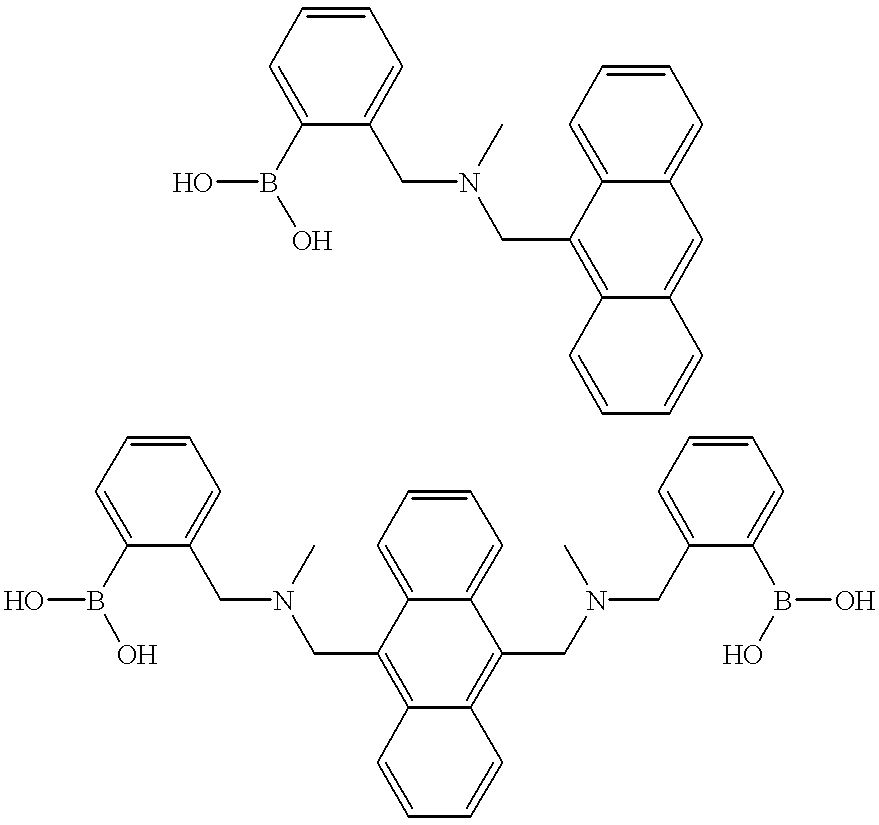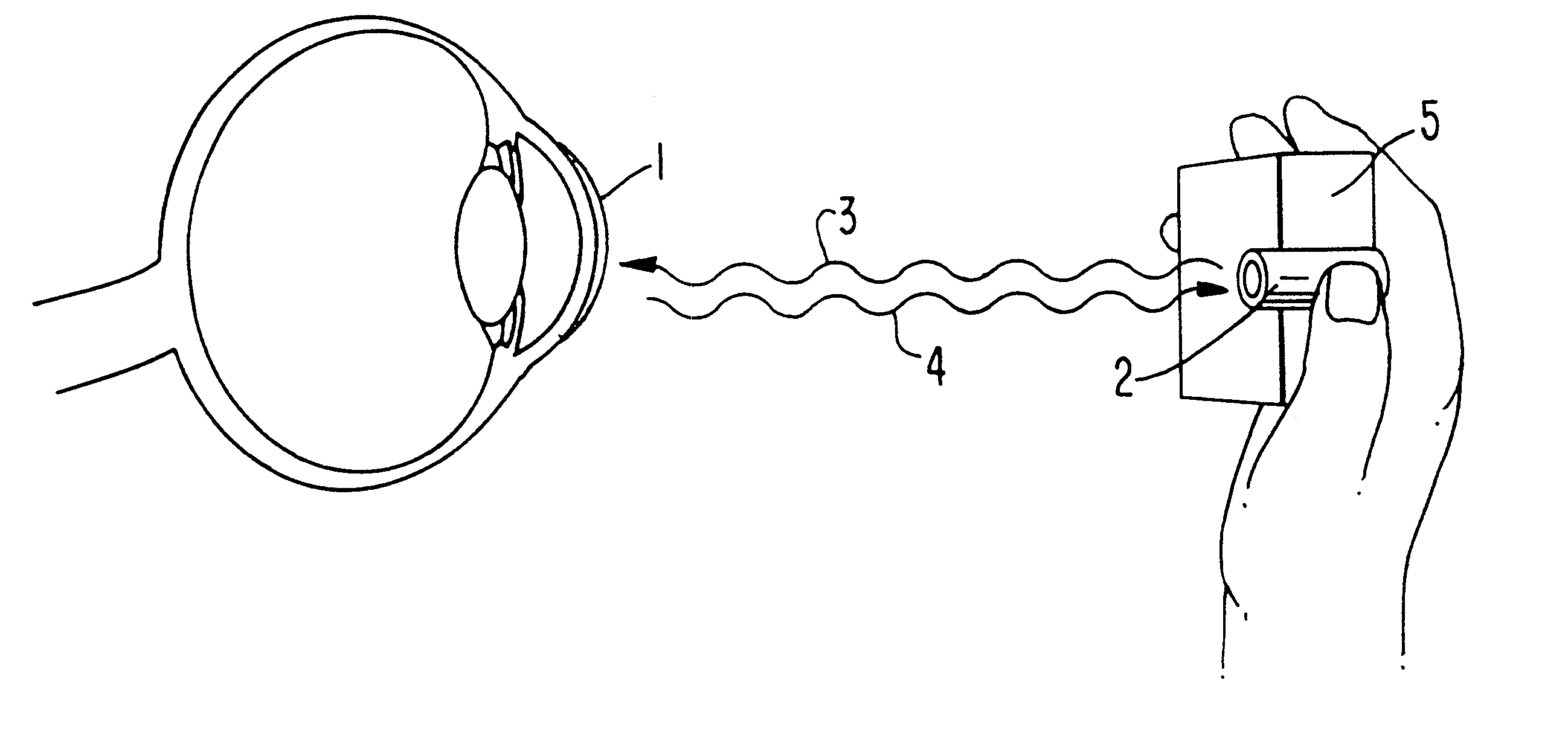Ocular analyte sensor
- Summary
- Abstract
- Description
- Claims
- Application Information
AI Technical Summary
Benefits of technology
Problems solved by technology
Method used
Image
Examples
example 2
Implantation of an Intraocular Glucose Sensor In Vivo
The intraocular lens glucose sensor described in Example 1 is implanted into the anterior chamber of the eye of a living New Zealand rabbit with a blood glucose concentration of 112 mg %. The implant is visible as a bright spot of green fluorescence (518 nm) within the eye. Careful examination with a biomicroscope slit lamp shows no sign of toxicity, rejection, or any reaction 6 months after implantation.
PUM
 Login to View More
Login to View More Abstract
Description
Claims
Application Information
 Login to View More
Login to View More - R&D
- Intellectual Property
- Life Sciences
- Materials
- Tech Scout
- Unparalleled Data Quality
- Higher Quality Content
- 60% Fewer Hallucinations
Browse by: Latest US Patents, China's latest patents, Technical Efficacy Thesaurus, Application Domain, Technology Topic, Popular Technical Reports.
© 2025 PatSnap. All rights reserved.Legal|Privacy policy|Modern Slavery Act Transparency Statement|Sitemap|About US| Contact US: help@patsnap.com



